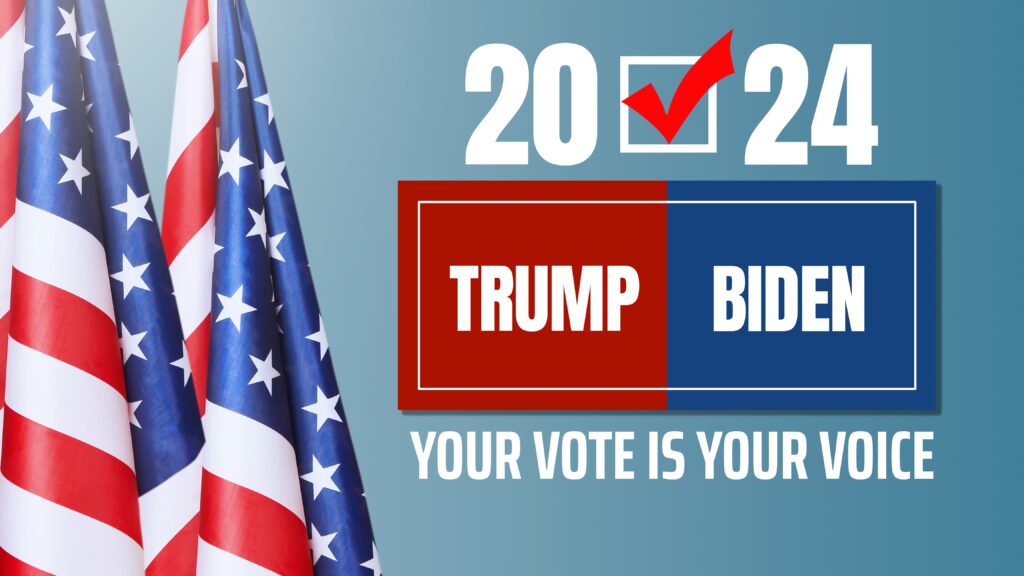
At the heart of modern democracy lies the enigmatic dance of the electorate. This performance mixes reverence for the past with a thrust toward an unpredictable future. An understated yet potent instrument — Election Forecasting Innovation- is within this intricate performance. For years, electoral forecasts have guided political strategy and public discourse, often with the precision of a weathered pendulum predicting seasonal shifts. As political climates become more tempestuous and the public’s political winds grow capriciously fickle, inevitably, a question arises.
Can the current methods of election forecasting weather the storm of modern electoral dynamics?
The venerable pillars of electoral forecasting, deeply entrenched in polling data and historical analysis, show signs of erosion. They stand stalwart but singular; however, their focus is myopic in the face of the chameleonic electorate, shaped by a more comprehensive array of influences than ever before. Throughout history, these bastions of political prognostication were an ocean in a storm, firm and reliable. Yet, sail too close, and the currents of societal change would dash even the staunchest captains against uncharted waters.
The reeling accuracy of forecasters in pivotal elections offers a compelling litany of instances where traditional methodologies, so precise in peaceful electorates, faltered in tempestuous ones. Moreover, the surprising outcomes of the 2016 and 2020 presidential elections, which are outliers to many conventional models, not only question the reliability of these methods but beg for an adaptation addressing the contemporary complexities of electoral politics.

Enter Chuck’s Electoral Factors (CEF)—an innovative framework poised to revolutionize our understanding of electoral dynamics. Chuck’s Electoral Factors represents the pinnacle of Election Forecasting Innovation, offering not a substitute for existing models but a comprehensive supplement. This approach is a tapestry woven from threads of traditional electoral barometers interlaced with modern, data-driven analyses, announcing the dawning of an inclusive era in election prediction—scholarly, objective, and fine-grained.
As we prepare to delve into the intricacies of CEF, it’s essential to recognize the foundation it sets for election forecasting innovation. Unveiling the Components of CEF follows, providing a detailed blueprint of thirteen key elements. This framework eschews the stark simplicity of traditional predictors for a labyrinthine approach to election analysis, signaling a new era in understanding electoral dynamics.
A detailed blueprint composed of thirteen key elements, CEF eschews the stark simplicity of traditional predictors for a labyrinthine approach to election analysis. Consequently, each factor becomes a tributary, feeding into the complex river of electoral prediction. Let’s delve into each element:
The distinct charm of my Factors lies in its polyphonic structure. It does not offer a single-stringed symphony but a depth of predictive harmonies. Each of these 13 factors performs a critical role, contributing to a richer depiction of the electoral phenomenon.
 Harmonizing with Modern Realities
Harmonizing with Modern RealitiesCEF does not stand isolated from the contemporary world. In our era of big data and subtle influences, it has incorporated technological shifts and social currents into its fabric. It doesn’t merely assess economic welfare but dives into social media wavelengths and global hashtags, encapsulating the pulse of the electorate in a snapshot that contrasts with the stark, cold numbers pollsters wield.
This multi-layered approach has already set foundational ground in producing forecasts with agility and accuracy. The dynamic ensemble of CEF’s factors allows for swift adaptations as the geopolitical climate steers through unpredictable winds.
The strength of CEF does not halt with the theoretical bedrock; it extends towards a panorama of potentials. Case studies and hypothetical applications ranging from local elections to international maneuvers serve as viable canvases for the paintbrush of CEF, showcasing its adaptability and clairvoyant capabilities.
Consider a gubernatorial race in a politically fervent state. The electorate — a melting pot of demographic shifts and entrenched partisan fractions. Applying CEF, we witness the crystallization of potential outcomes — from the swelling tides of social media sentiment to the churning echo chambers of socio-economic policies.
Beyond domestic contests, CEF unfurls a robust tapestry for international elections and appointments. Actioning on foreign policy engagement and global leadership resonance, it illuminates the flux and fluidity of the democratic project on a planetary stage.
The discourse on electoral forecasting is more than just a statistical exercise; it is the cornerstone of informed democracy. Accurate predictions guide rational decisions, both in the corridors of power and on the main streets of discourse. As society evolves, so must our tools of analysis.
In redefining the modus operandi of election prediction, we need to engage with the factors that validate the direction of our compass. CEF is not just a model — it’s a mindset, a meta-cognitive leap towards embracing complexity and charting predictive journeys enriched with a robust, data-driven terrain.
The unveiling of Chuck’s Electoral Factors is more than a methodological triumph; it’s a call to action in the intellectual maelstrom that electoral analysis necessitates. By engaging with CEF, we invite a renaissance of debate that is both thorough and forward-thinking. The introduction of CEF marks a significant milestone in Election Forecasting Innovation, guiding us towards a future where the complexities of electoral dynamics are navigated with scholarly precision, objective analysis, and an unparalleled depth of understanding.
For those who seek to don the mantle of scholarly engagement and democratic stewardship, the crest of CEF is an opportunity to do so with unparalleled depth. As we teeter on the precipice of future elections, it’s imperative that we equip ourselves with tools that reflect the multiplicity of electoral forces.
Forecasting is not a victory over the chaotic tide of democracy but a humanitarian impulse toward order and understanding. In this spirit, CEF is an open invitation to the discourse. This cooperation emblem seeks not to predict for the sake of power but for the pursuit of political elevation.
And Beyond
The horizon, laced with uncertainty, awaits the sails of future political voyages. As we prepare for the journeys ahead, we should heed the preparatory winds of models like CEF. It is a clarion call for analytical integrity, a bridge tethering objective insights on the tempests of public preference. In the wake of electoral transformation, the compass of Chuck’s Electoral Factors guides us — scholarly, objective, and ready to meander through the electoral eddies that define our democratic compass.